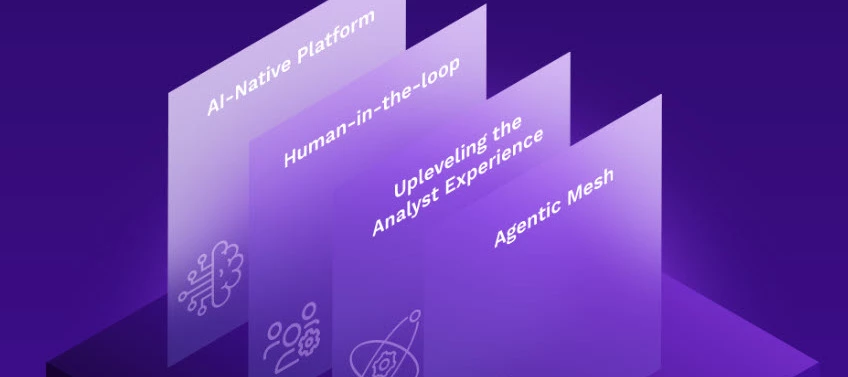Problem
Security operations teams are swamped: alert fatigue is high, manual investigation workloads are growing, and finding the right balance between speed, accuracy and oversight has become tougher. Traditional SOC models struggle to scale.
Objective
This article helps you understand what Securonix AI Agents are, how they elevate detection/investigation/response workflows, and why you should care (even if “AI” feels like hype).
What Are AI Agents?
Securonix AI Agents are a modular suite of generative-AI-powered capabilities embedded into the Securonix platform. They’re built to assist detection engineers, SOC analysts, and security practitioners—automating parts of the workflow, providing natural-language interfaces, and speeding up threat lifecycle operations.
Product page: https://www.securonix.com/products/agentic-ai/
Documentation here: Securonix AI Agents – Documentation Securonix Documentation
Key Capabilities at a Glance
Here are some of the standout-features and how you might use them:
-
Policy Agent: You state detection goals (in plain language) and the agent generates deployable detection rules. Less manual rule-writing, more strategic oversight. Business Wire+1
-
Search Agent: Translate your natural-language investigation questions into optimized Spotter / data-lake queries. Makes hunting anomalies more intuitive. Securonix Documentation+1
-
Response Agent: When a validated threat is detected, triggers containment actions (e.g., user lock-out, host isolation) per policy—reducing time to respond. Business Wire+1
-
Noise Cancellation Agent: Filters false positives and repetitive alerts using advanced reasoning, so analysts focus on what truly matters. Help Net Security+1
-
Insider Intent Agent: Looks at psycholinguistic signals, behavior drift and access patterns to detect early insider-threat indicators—not just external attacks. Help Net Security+1
-
Investigate & Threat Intel Agents: Provide enriched context, confidence scoring, summarization of investigations—so you don’t drown in raw logs. Securonix Documentation
Why This Matters for You
-
Scale without burning out your team: By automating mundane tasks, you free analysts for higher-value work—ideally improving both speed and quality.
-
Better detection, fewer blind spots: The AI-Agents can surface patterns and threats that traditional rule-based systems might miss.
-
Maintain human control: These aren’t black-box systems replacing analysts—they work with you. Humans retain oversight, set guardrails, review outcomes. Business Wire+1
-
Build toward future SOC architecture: If you’re thinking ahead, the “agentic mesh” concept (agents cooperating, sharing context) gives you a roadmap toward a more autonomous security posture. Help Net Security+1
Step-by-Step: Getting Started
-
Access the AI Agents module in the UI (Menu → AI Agents – depending on your version).
-
Browse the available agents: Look at each agent’s description—Policy, Search, Response, Noise Cancellation, etc.
-
Select one workflow to pilot: For example, set up the Noise Cancellation Agent to reduce your false-positive/alert volume.
-
Define your human-in-loop guardrails: Set thresholds, escalation paths, and oversight rules so analysts stay in control.
-
Monitor outcomes: Track metrics like “alerts handled”, “investigation time”, “MTTR (mean time to respond)”. Evaluate whether the agent is delivering value.
-
Expand gradually: Once you’re comfortable, add other agents (e.g., Search, Response) and tie them into broader workflows (SOAR, playbooks).
Related Documentation
-
If you want to dig into “agentic mesh” architecture: press-release/industry coverage like this one: Securonix Introduces GenAI Agents for SOC Business Wire
Verification Checklist
-
You can identify at least one AI Agent (e.g., Policy Agent) in the system.
-
You’ve defined human-in-loop guardrails (approval workflows, escalation paths) for that agent.
-
You’ve seen measurable metrics change (e.g., fewer false positives, faster investigation).
-
Your team knows the agent’s purpose and how it augments—not replaces—the analyst workflow.
-
You have a plan to expand agent usage (which next agent, when) based on initial results.
Call to Action
Ready to see how AI can step up your SOC without stepping over your analysts? Choose one agent, run a pilot, and then share your results. Post your metrics, wins, or questions in the AI Agents Discussion thread in our community—let’s learn together.


